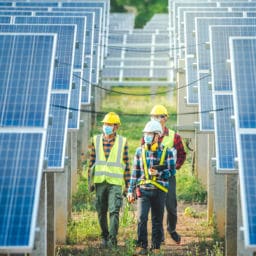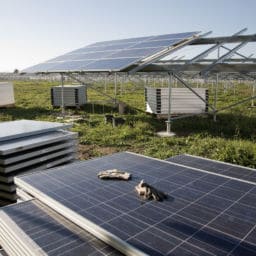These are difficult times for everyone. Businesses and individuals across the world have been affected to varying degrees by the onset of COVID-19 and the related shut-downs. As the United States continues to increase containment measures, things may look bleak to some, but there are rays of sunlight ahead for the solar industry.
How the Market has Been Affected
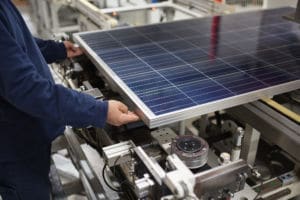 In 2019, the United States installed roughly 13.3 gigawatts (GW) of generation capacity, up 23% over 2018. A Solar Energy Industries Association (SEIA) report showed that solar accounted for nearly 40% of all new electricity generation capacity created in the U.S. in 2019. With a forecasted annual growth of roughly 47% predicted for 2020, the industry was looking stellar.
In 2019, the United States installed roughly 13.3 gigawatts (GW) of generation capacity, up 23% over 2018. A Solar Energy Industries Association (SEIA) report showed that solar accounted for nearly 40% of all new electricity generation capacity created in the U.S. in 2019. With a forecasted annual growth of roughly 47% predicted for 2020, the industry was looking stellar.
It would be foolish to claim that the recent voluntary shutdown of the world economy will have no impact on the solar industry, but it may not be as bad as many fear. One extremely positive piece of news is that China has seen a drastic decrease in the number of infections, and has lifted almost all previous lock-down measures. This is massive news for the solar industry, as the supply chain for photo-voltaic related products will shortly increase, as the situation in China continues to improve.
There are certainly still some issues with delayed shipments and reduced labor force, especially here in the United States; however, a worst-case scenario with regard to the Chinese supply chain has been averted. We are now faced with challenges in the U.S. market due to social distancing policies and shelter in place orders making continued installation work difficult if not impossible in many states such as California and New York. While this will likely delay numerous completion dates, it certainly will not spell doom for the industry so long as economic rescue efforts from the government help struggling businesses and non-profits.
How Solar Can Boost Resilience in Times of Crisis
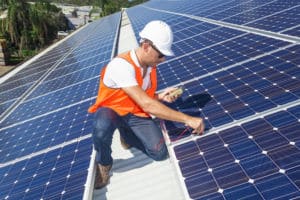 With businesses and individuals scrambling to stock and prepare for disaster situations, the benefits of solar energy have become more apparent than ever. While the power grid is likely safe for now, this may not always be the case, especially if the crisis were to increase in severity. Sickness among crucial maintenance and control room workers could strain infrastructure and cause loss of power in certain areas.
With businesses and individuals scrambling to stock and prepare for disaster situations, the benefits of solar energy have become more apparent than ever. While the power grid is likely safe for now, this may not always be the case, especially if the crisis were to increase in severity. Sickness among crucial maintenance and control room workers could strain infrastructure and cause loss of power in certain areas.
It’s a fact that solar energy requires a fraction of the maintenance and manpower to operate compared to fossil fuel sources, and is unlikely to need more than routine repairs on individual panels which won’t affect the operation of the system as a whole.
Critical energy consumers such as hospitals, nursing homes, emergency services and more are at especially high risk in times like these, especially due to increased power usage from longer hours and higher occupancy. A solar interconnected and/or microgrid solution can not only counteract the increased power bill from this usage spike but also ensure a source of power separate from the grid in case of failure.
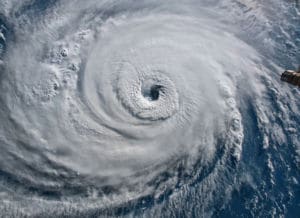 With hurricane season approaching, the chance of power outages will only increase throughout the year, making the investment in solar energy now more worthwhile as a means of security. If constructed properly, a quality system can withstand most such storms, and continue supplying power even when completely cut off from the rest of the grid.
With hurricane season approaching, the chance of power outages will only increase throughout the year, making the investment in solar energy now more worthwhile as a means of security. If constructed properly, a quality system can withstand most such storms, and continue supplying power even when completely cut off from the rest of the grid.
The solar industry is stronger and more resilient than ever before, and SCF plans to help our partners and friends get through this crisis by continuing to provide powerful pricing solutions to our developer partners through continued development of the SCF Suite, and competitive PPA financing options to our off-takers. Now is a better time than ever to invest in solar, please reach out to our team if you have any questions or would like to learn more about our offerings.


